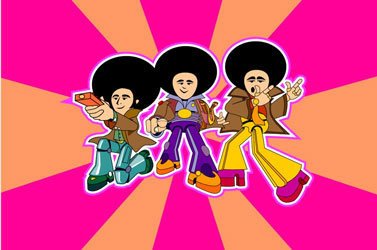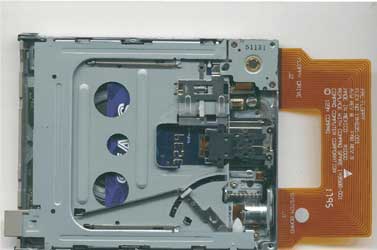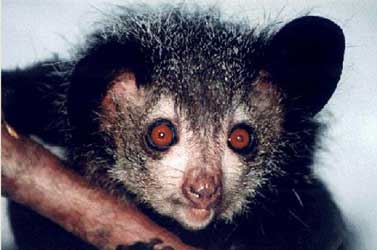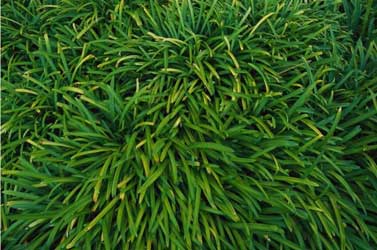Sequential Art | An Experiment in Navigation




Try the Sequential Art application
The Challenge
Currently the web is a resource full of textual information and navigation. Google has used text, and text alone, to become the internet's top search engine and hottest company. Books, magazines, and other printed materials have found new audiences and a broader grasp online, which encourages even more text to be created.
Yet humans possess remarkably rich senses, and it seems a shame to neglect them in such a limitless arena. There is a need for interfaces that use elements other than text for user navigation and total experience.
The Process
I collected over 100 desktop-wallpaper-sized images from online galleries, searching for various themes and shapes (by their text names...). All images were cut to a uniform size and placed in a common folder.
I printed out sheets containing thumbnails of all the images, and began linking parts of each image to parts of others. A round head in one image might link to a ball in another, or a star to a spiked collar. Once the architecture was decided, I used HTML image maps to create webpages to navigate by clicking on the image parts.
The Solution
The final site uses no text, but everything on the page is clickable and links to another image with similar visual characteristics. The loop is endless, though often similar images will link back to each other, simulating a loop. There are no infinite loops, however.
While this interface is a poor way of conveying knowledge, it is effective as a surprising experience, where the user never knows how the upcoming image will relate to the one currently displayed. It creates an interesting dynamic similar to that of "Choose Your Own Adventure" books and the card game "Memory", which rewards remembering past interactions with an image.